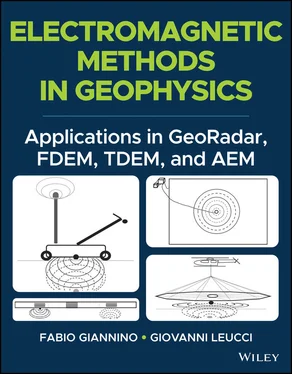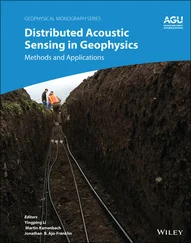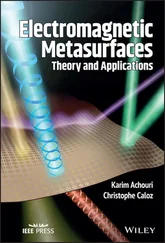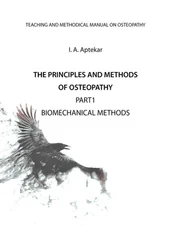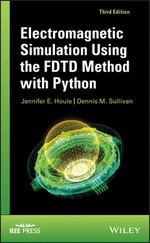In general, to perform a TDEM sounding one must lay an electric cable describing the shape of either a square or a rectangle (the transmitting loop). Inside the transmitting loop, known electric current flows as it is connected to a transmitting unit fed by a battery, depending on the system and its configuration ( Figure 2.3.1) it is possible to inject current into the ground from 2 to more than 150 A, depending on systems design. Also, a grounded transmitter may be employed allowing great exploration depth to be reached.
The dimension of the transmitting loop varies depending on the required investigation depth, and it generally ranges between a few tenths of meters to a square whose side is 500 meters long, for investigation depth down to more than 200 meters (P.V. Sharma, 1997) ( Figures 2.3.2– 2.3.3). Actually, by using bigger transmitter loop with grounded transmitter, larger exploration depth can be achieved, as deep as 1000 meters below ground level. On this purpose, it is also possible using the so‐called multi‐turn loop to increase the energizing moment ( M ). In Fact, M = nIA where n is number of turns, I is the current, and A is the area of the loop. As for this aspect, the most important and characterizing parameter is given by the product nA .
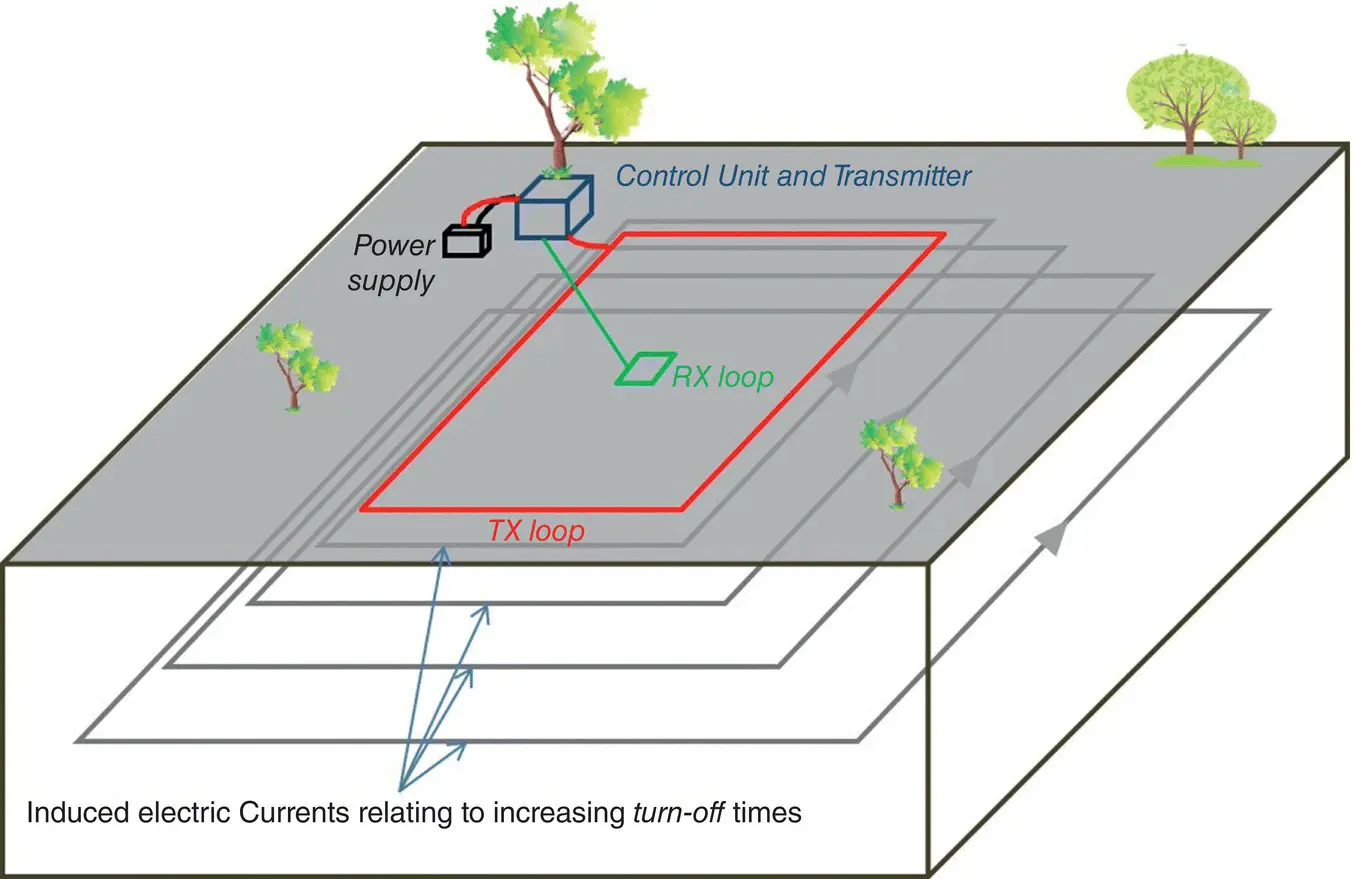
Figure 2.3.1 Typical TDEM acquisition scheme.
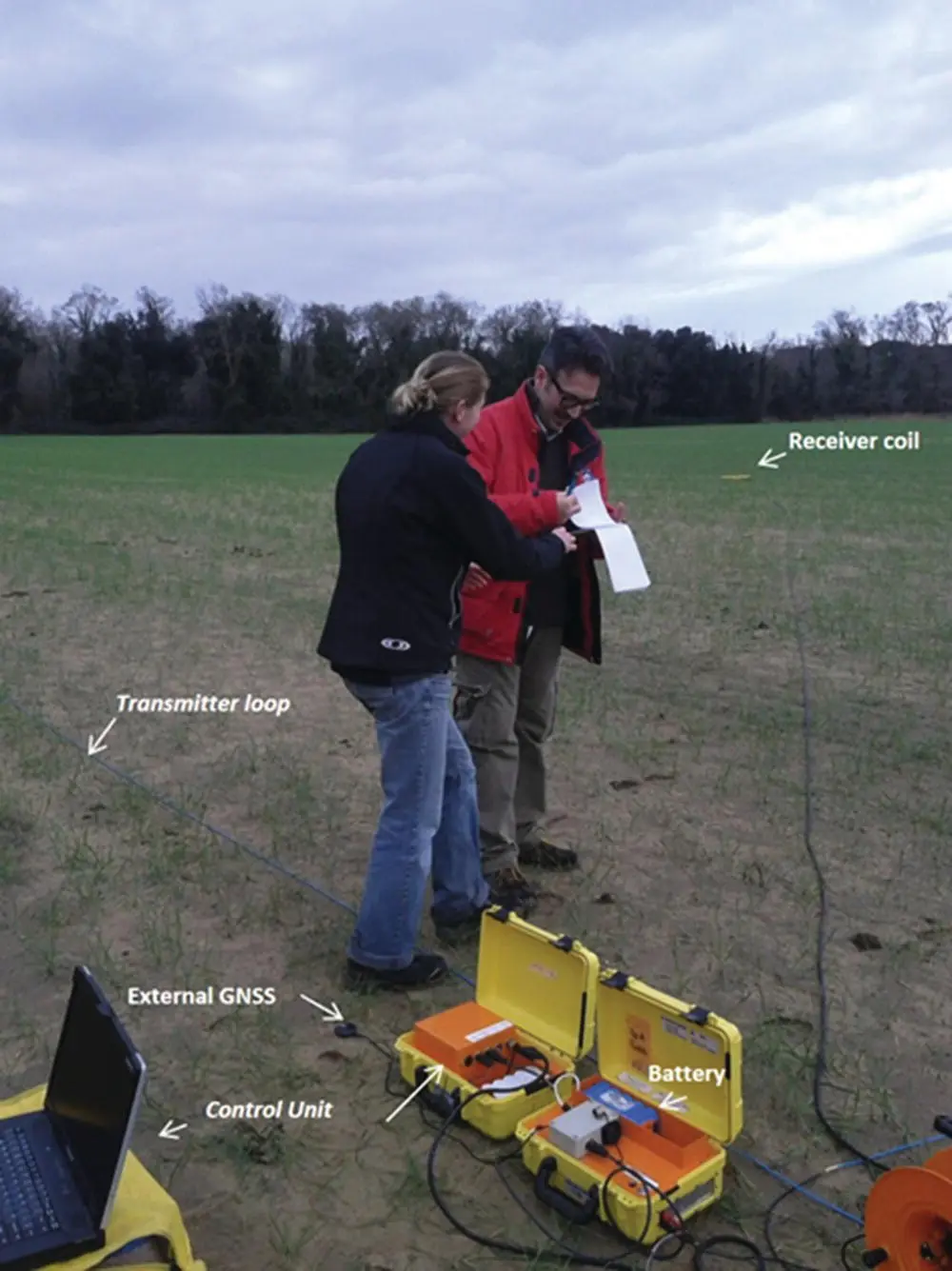
Figure 2.3.2 A Prototype acquisition TDEM system. All the essential parts of the system are shown.
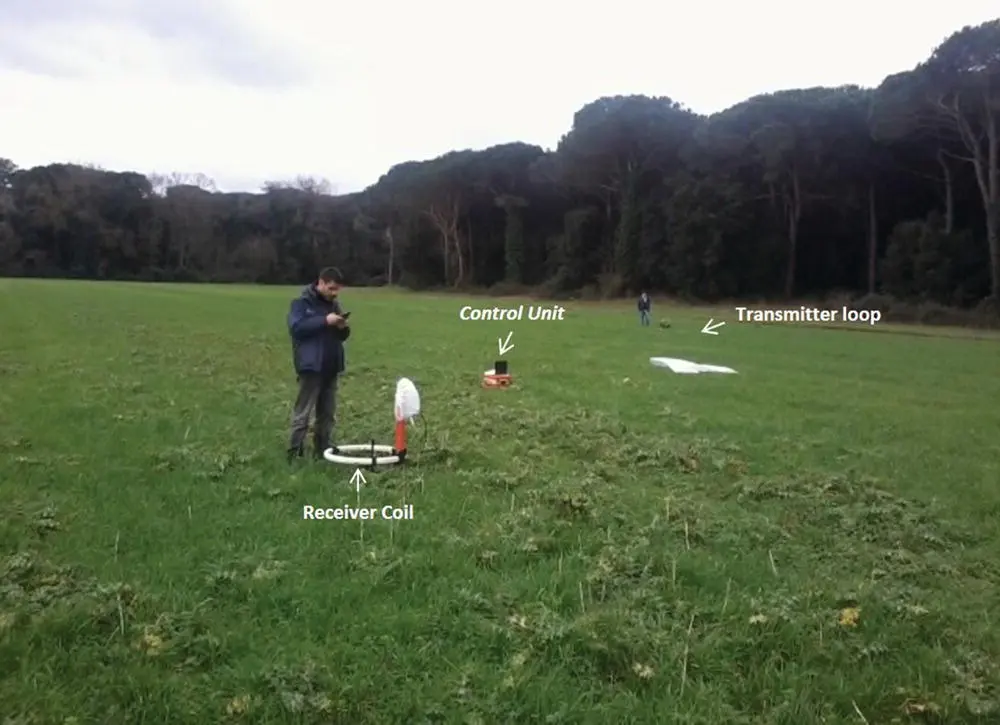
Figure 2.3.3 Prototype acquisition ProTEM manufactured by Geonics Ltd. (www.geonics.com). All the essential parts of the system are shown.
Receiving loop dimension is in the order of one meter (side or diameter, depending on its shape see Figures 2.3.4– 2.3.5).
In the acquisition scheme depicted in Figure 2.3.1an acquisition system defined as Central Loop is illustrated, where the receiving loop is concentrically positioned with respect to the transmitting loop. In contrast, in the Loop‐Loop or Slingram mode, the transmitter and receiver are coaxial but not concentric: the receiver loop is external with respect to the transmitter loop.
The energizing current is normally injected as a square wave ( Figure 2.3.6). To each positive pulse ( time on ) there follows an equal period during which the current is switched off ( time off ); then, the direction of the current in the transmitting coil is changed (negative portion of graph in Figure 2.3.6a), and following this the electric current is again switched off for an equal amount of time. The entire cycle just described, is repeated many times with repetition frequency varying from 0.25 to 250 Hz.
In Figure 2.3.6b, it is highlighted how in the moment in which the electric current is switched off ( turn off ), as illustrated in the Faraday’s law, a primary magnetic field is produced, and this tends to become null within a very little time (a few milliseconds). This magnetic field interacting with the subsoil generates induced currents in it, which propagates deeper in the subsoil as time passes ( Figure 2.3.1). These currents dissipates very quickly, and they produce a secondary magnetic field that contains the information relating to the variations of resistivity in the subsoil that are connected to the shape and dimension of the buried conductor that is likely to be the target of the survey. (J.D. McNeill, 1980).
In fact, what the instrumentation measures is a voltage drop (in nV/m 2). This voltage (the so‐called transient ), which becomes null in a few milliseconds, is sampled by a receiving unit during the time off , to eliminate interferences; the receiving unit is connected to the receiving coil. The receiver performs the sampling of the transient in several acquisition channels working with increasing time windows. Since the current penetrates deeper as time passes, portion of the subsoil at increasing depth can be investigated.
In addition, the velocity of propagation of the electric current is directly proportional to the resistivity (inversely proportional to the conductivity) (A. Menghini e A. Viezzoli, 2012).
From the above it follows that the first data analysis is carried out in terms of the variation of the voltage with respect to the time ( Figures 2.3.7and 2.3.8).
The basic mathematical theory is the one already illustrated in Chapter 2.2 for the FDEM theory and, in general, we can say that the response recorded from the subsoil is a mathematically complex function of conductivity and time; however, during the late stage, the mathematics simplifies considerably, and it can be shown that during this time the response varies quite simply with time and conductivity as (McNeill 1980):
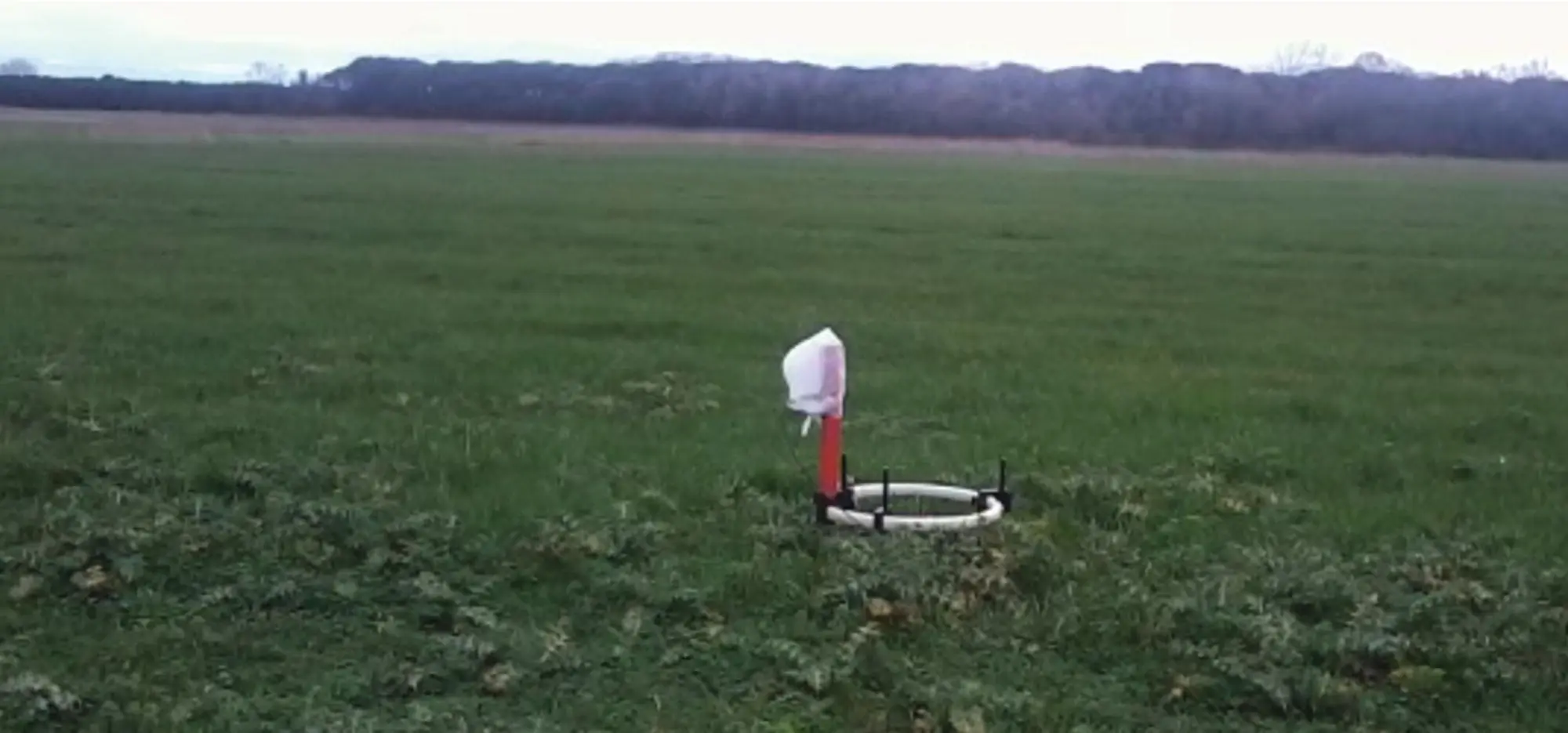
Figure 2.3.4 The circular‐shaped receiving coil of the ProTEM (Geonics Ltd.) system.
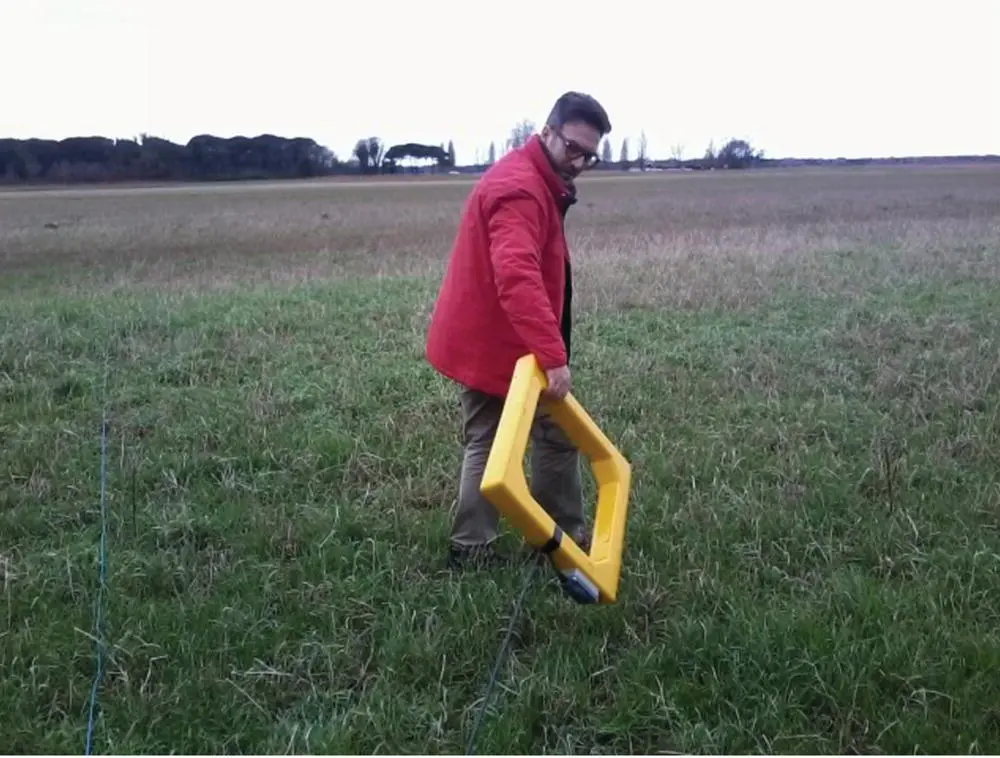
Figure 2.3.5 The square‐shaped receiving coil of the TDEM system.
(2.3.1) 
Where:
e(t) = output voltage from a single‐turn receiver coil of area 1 m2
k1 = a constant
M = product of Tx current x area (a‐m2)
σ = terrain conductivity (siemens/m = S/m = 1/Ωm)
t = time (s)
As it can be noted from ( (2.3.1)) the measured voltage e(t) varies in function of σ 3/2, so it is intrinsically more sensitive to small variations in the conductivity than conventional resistivity. Also, during the late stage, the measured voltage is decaying at the rate t −5/2, which occurs very rapidly with time. Eventually, the signal disappears into the system and the background noise, and further measurement is impossible. This is the maximum depth of exploration for “that” particular system.
In the case of TDEM soundings, on the other hand, it was observed earlier that as time increased, the depth to the current loops increased too, and this phenomenon is used to perform the sounding of resistivity with depth. Thus, Equation (2.3.1)can be inverted to read (since ρ = 1/σ):
(2.3.2) 
The voltage induced, and perceived at the receiver coil, is the product of the receiver coil Moment M (Area times the number of turns) multiplied by the time derivative of the vertical magnetic flux density ( equation (2.3.3)).
(2.3.3) 
Читать дальше
